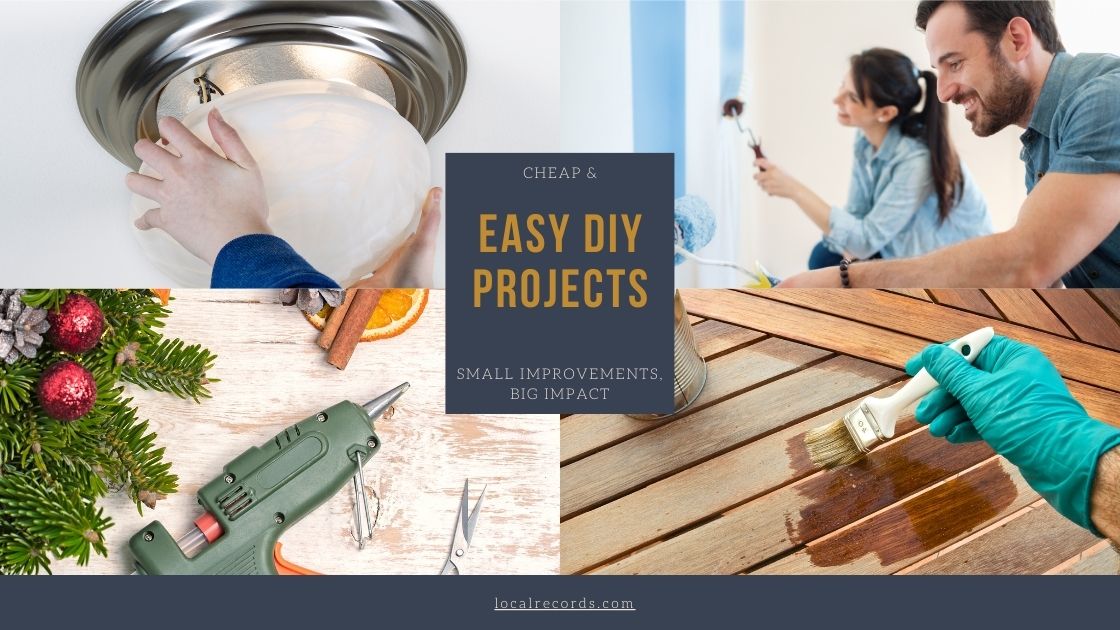How to Remodel and Spend Less Without Cheap Quality Materials
Why is the price of home improvement so much lower in the winter?
It all comes down to repair costs to modernize a home for better functionality and relaxation. On average winter home improvement projects cost less when it comes to modernizing a home. Getting an early start in 2014 to increase your home value as the housing market improves is your best strategy as a new homeowner.
Your curb appeal will matter more than ever in 2014. To have the best home improvement outcomes, you need to hire a high-quality home remodeling contractor to guarantee the job is done right the first time around. Despite the busy holiday season, homeowners still are thinking of ways to squeeze in a home improvement project this winter, especially one that won’t break the bank.
The Santa effect: Homeowners plan to spend less
A big reason might be that homeowners might be saving up to undertake large projects this winter. While they expect to spend around $1,000, which is similar to the fall, the overall spending level is trending down significantly. Among those planning home improvements, the highest responses this winter expect to spend up to $450, compared to more than $4,501 in the fall.
Top reasons: Repairs, modernize, increase value
While repairs top the list of reasons for home improvements, 29 percent of homeowners are choosing to remodel to modernize their homes for comfort and functionality this season. Another 21 percent are looking to remodel to increase the value of their homes.
Finding inspiration
According to many surveys, about 40 percent of homeowners find motivation on webpages like Pinterest.com, Facebook.com, DIY.com, and 7 percent from Zillow Digs. With Zillow Digs, homeowners can find visual motivation and understand the actual cost of remodeling projects.
Methodology
The Winter Home Improvement Trend and Spending Survey are based on an Ipsos poll conducted Nov. 7-8, 2013. For the survey, a nationally representative sample of 1,376 homeowners was interviewed via Ipsos’ U.S. online omnibus. A sample of this size has a margin of error of +/-2.6 percentage points. Data has been weighted to ensure the sample’s regional and age/gender composition reflects that of the actual U.S. population according to data from the U.S. Census Bureau.




